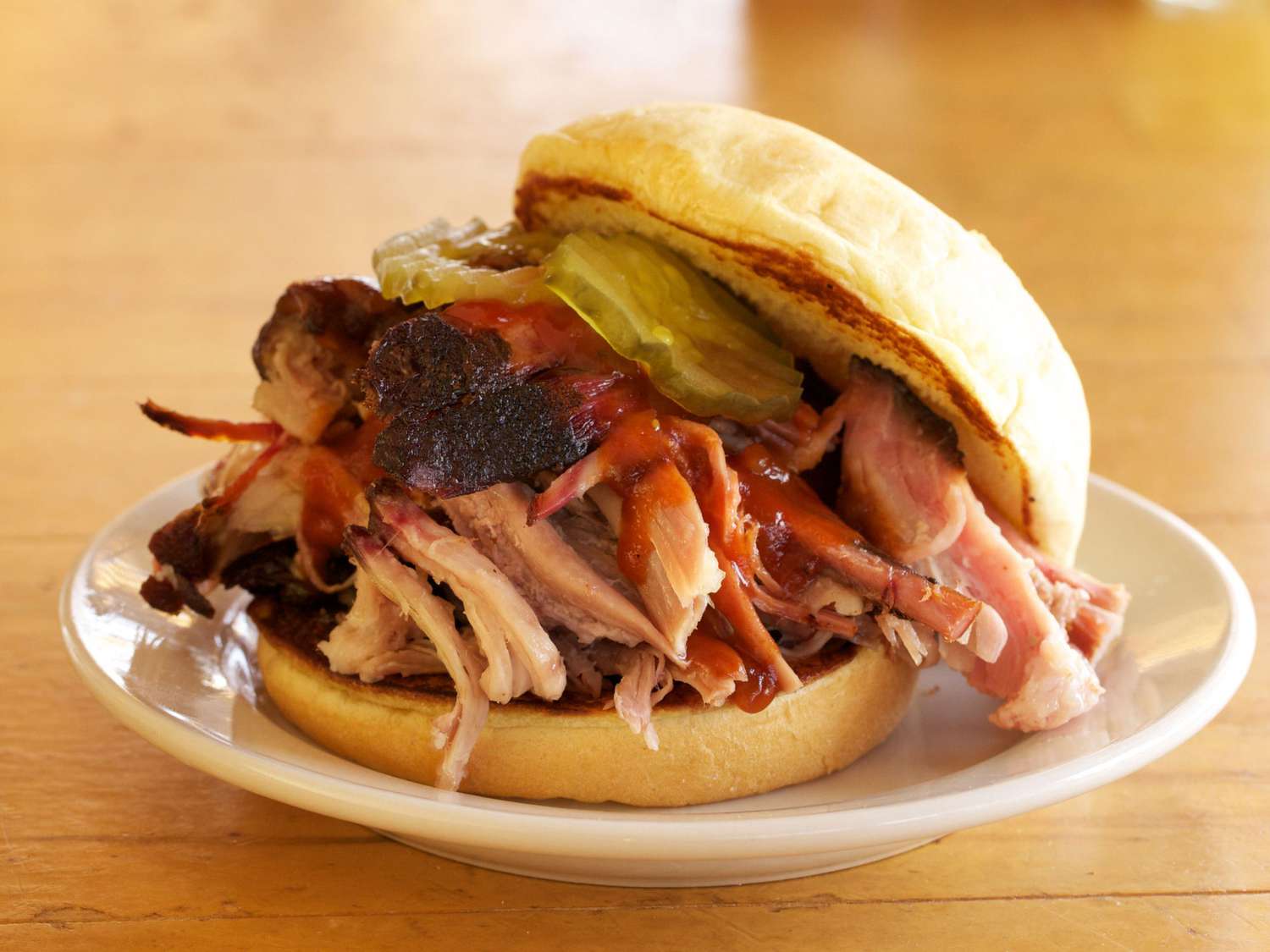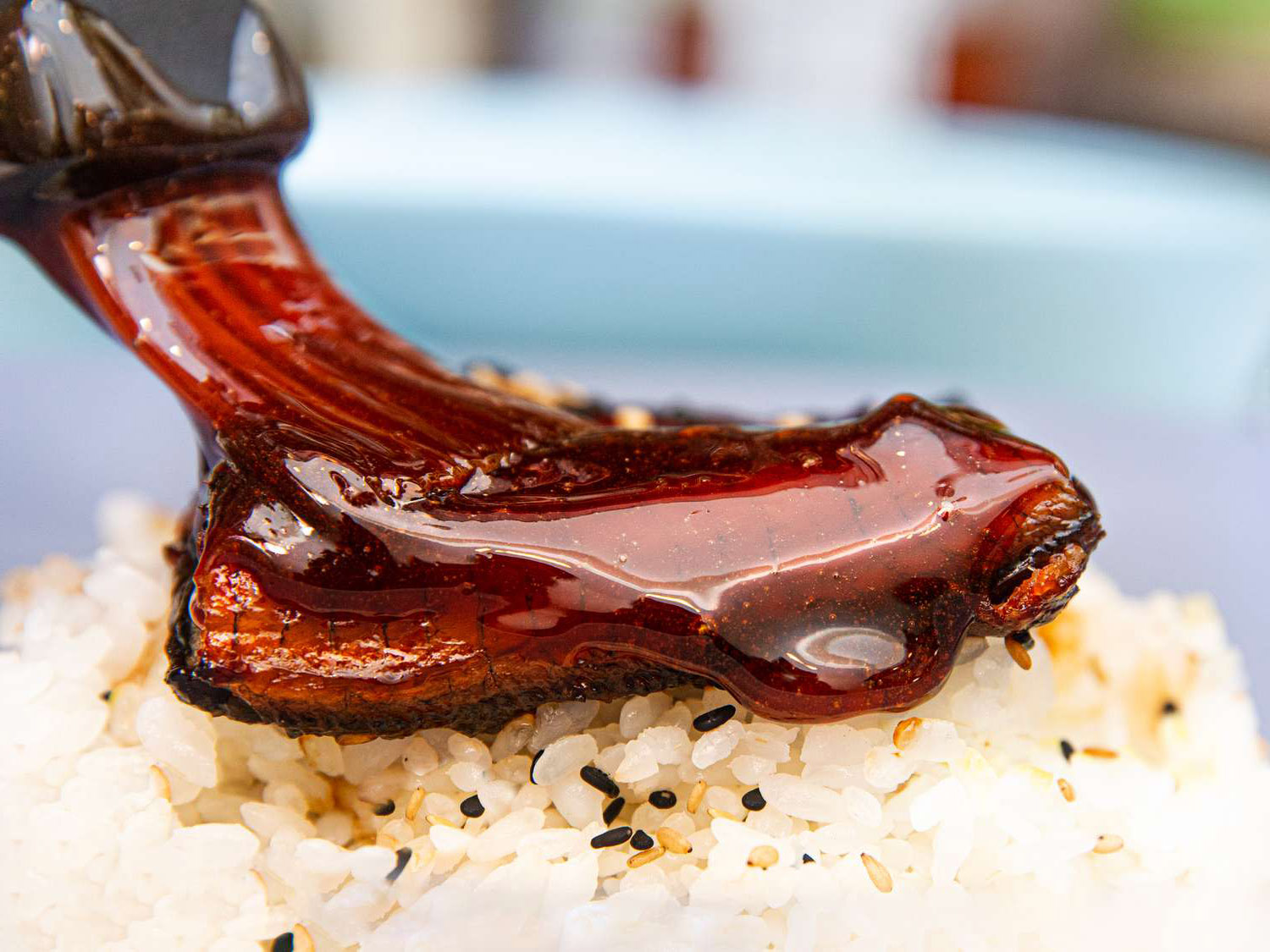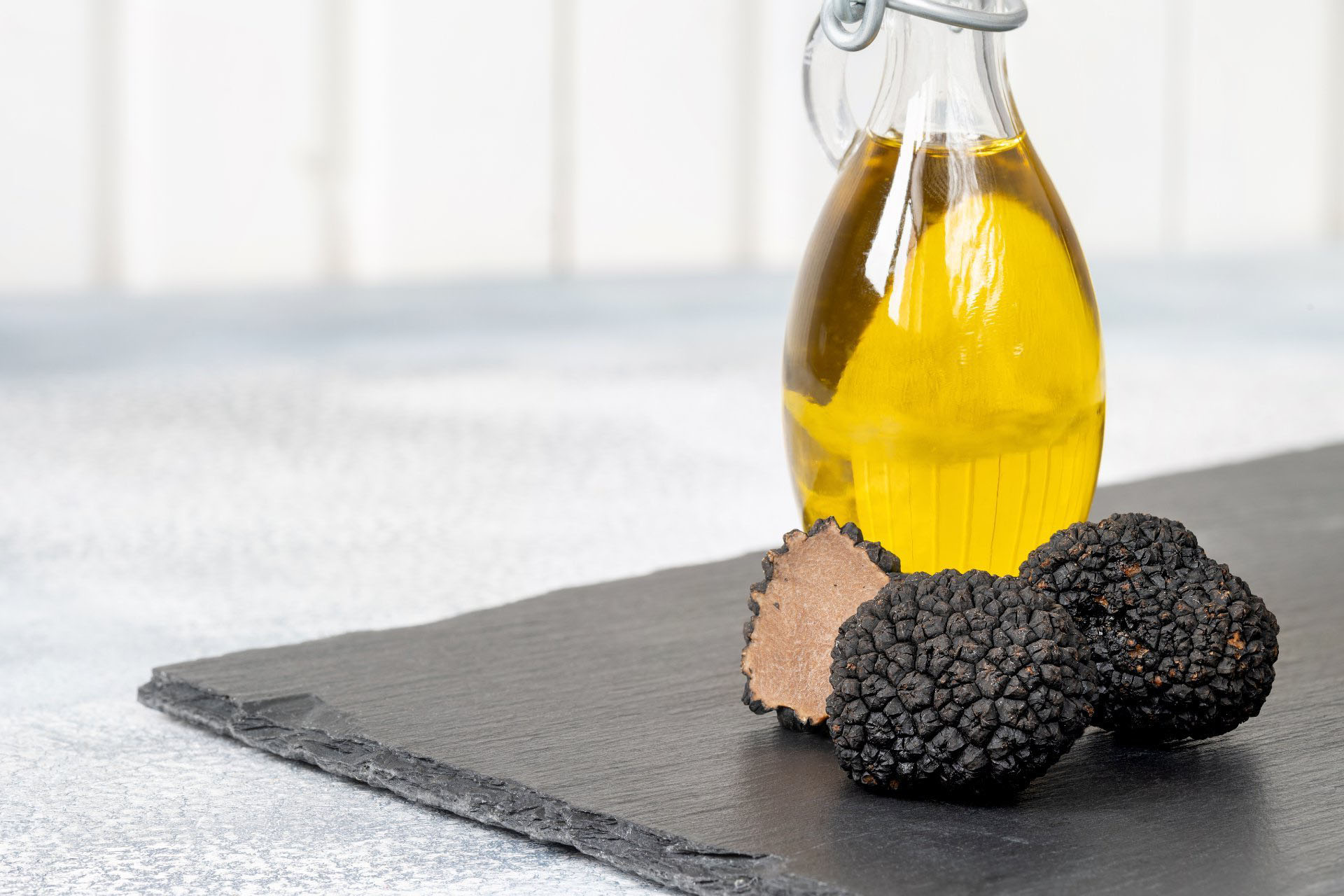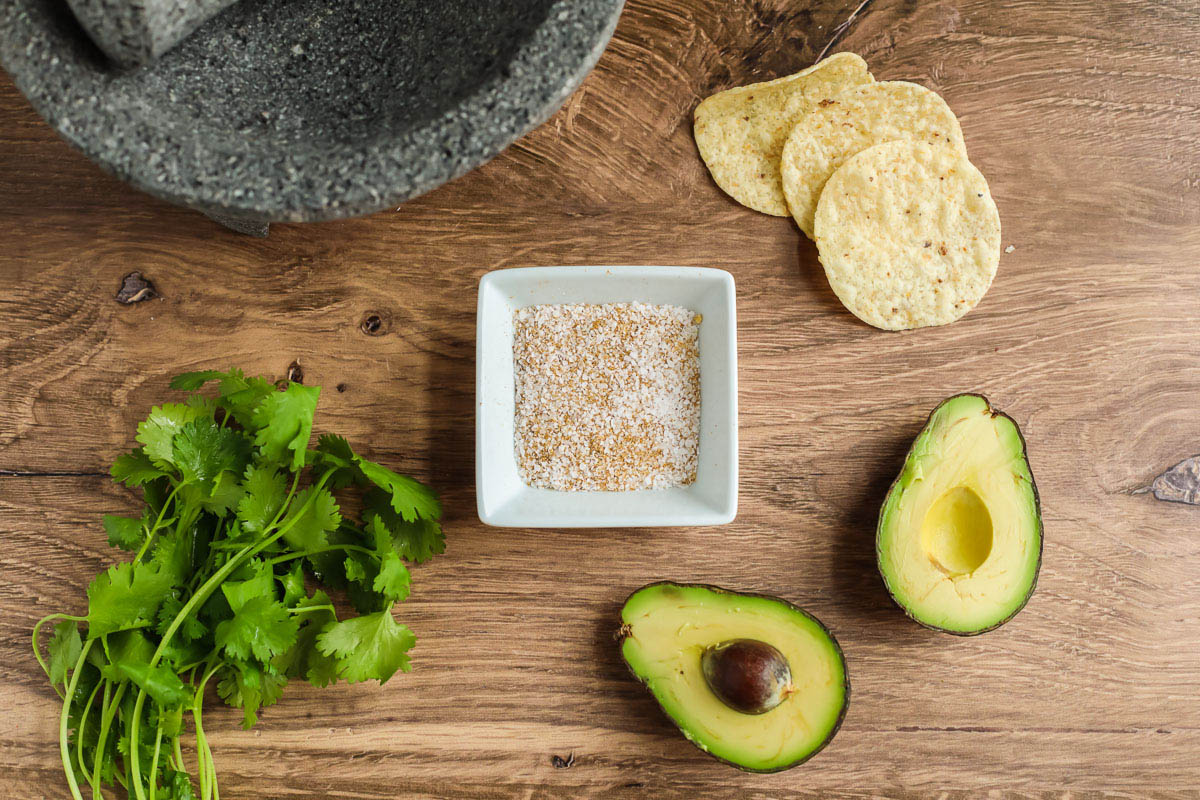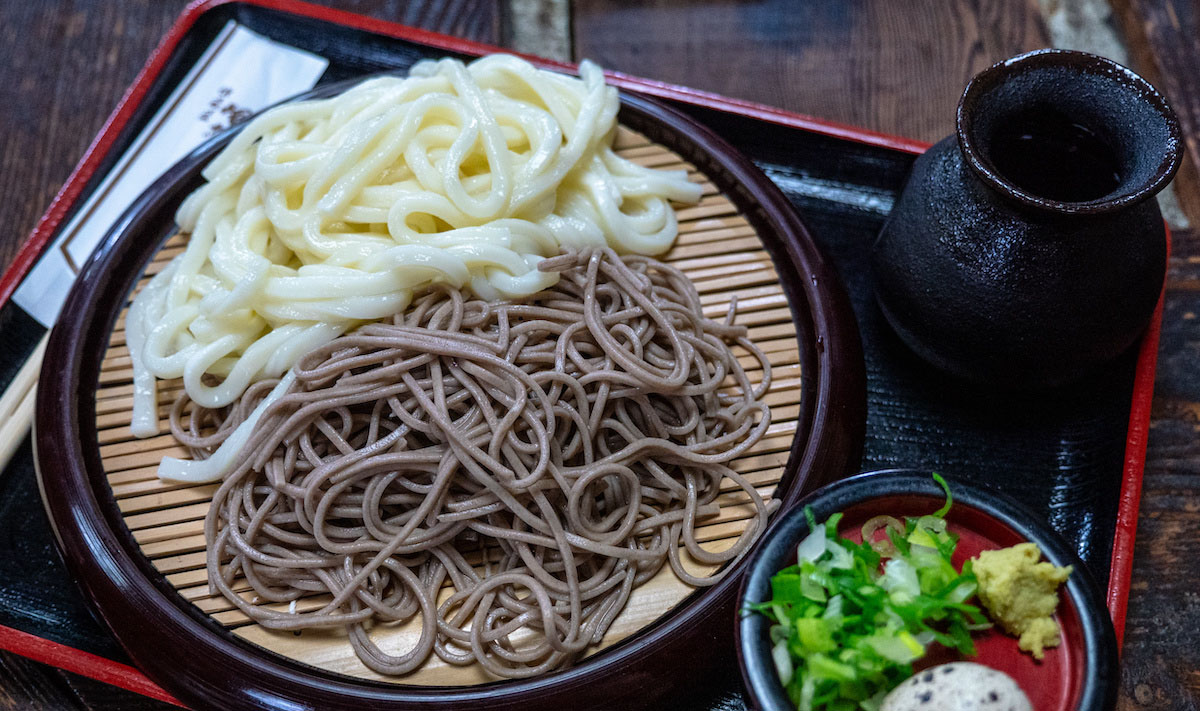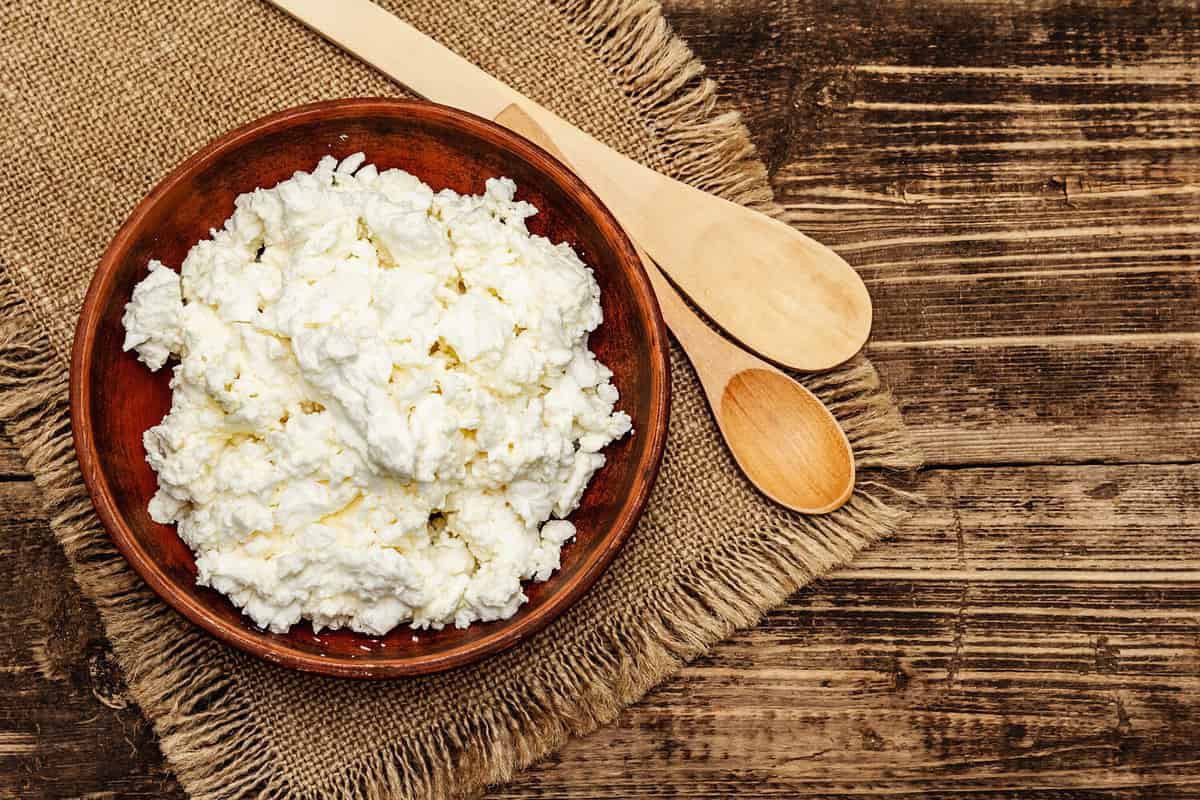Understanding Thickening Agents for Sauces
Thickening agents are essential ingredients in the culinary world, especially when it comes to creating delicious and flavorful sauces. These agents help to achieve the desired consistency and texture, turning a runny liquid into a luscious, velvety sauce. Whether you’re a seasoned chef or a novice cook, understanding the different types of thickening agents and how to use them can elevate your culinary skills to new heights.
Types of Thickening Agents
There are several common thickening agents used in sauce-making, each with its own unique properties and applications. Here are some of the most popular options:
- Cornstarch: This fine white powder is derived from the endosperm of the corn kernel. It is a powerful thickening agent that creates a glossy finish and is best used for clear sauces.
- Flour: A pantry staple, flour is often used to thicken sauces through a process called roux, which involves cooking flour in fat to create a thickening base.
- Arrowroot: Extracted from the roots of the arrowroot plant, this gluten-free thickening agent is known for its clear and glossy appearance, making it ideal for fruit-based sauces.
- Gelatin: Derived from animal collagen, gelatin is a popular thickening agent for desserts and certain savory sauces, providing a smooth and silky texture.
- Xanthan Gum: This modern thickening agent is made from fermented sugar and is valued for its ability to thicken sauces without the need for heat.
How to Use Thickening Agents
When using thickening agents, it’s important to follow the proper techniques to achieve the best results. Here are some tips for using thickening agents in your sauces:
- Preparation: Mix the thickening agent with a cold liquid to create a slurry before adding it to the hot sauce. This prevents lumps from forming.
- Cooking: Allow the sauce to simmer after adding the thickening agent to activate its full thickening potential. Stir the sauce continuously to prevent clumping.
- Adjusting: If the sauce becomes too thick, simply add more liquid to achieve the desired consistency. Conversely, if the sauce is too thin, you can mix a small amount of thickening agent with water and add it to the sauce.
Considerations for Choosing a Thickening Agent
When selecting a thickening agent for your sauce, it’s important to consider the flavor, appearance, and dietary restrictions of your dish. Some thickening agents may alter the taste of the sauce, while others are better suited for specific types of sauces. Additionally, if you’re cooking for individuals with dietary restrictions, such as gluten intolerance, it’s crucial to choose a thickening agent that aligns with their needs.
Experiment and Enjoy
Thickening agents play a crucial role in the art of sauce-making, allowing cooks to transform simple ingredients into delectable culinary creations. By understanding the different types of thickening agents and how to use them effectively, you can elevate your cooking skills and delight your taste buds with a variety of sumptuous sauces. So, don’t be afraid to experiment with different thickening agents and techniques to discover the perfect combination that suits your culinary preferences. Happy cooking!
Was this page helpful?
Read Next: What Is A Wendy’s Frosty?

